Multiclass Road Sign Detection using Multiplicative Kernel
Abstract
We consider the problem of multiclass road sign detection using a classification function with multiplicative kernel comprised from two kernels. We show that problems of detection and within-foreground classification can be jointly solved by using one kernel to measure object-background differences and another one to account for within-class variations. The main idea behind this approach is that road signs from different foreground variations can share features that discriminate them from backgrounds. The classification function training is accomplished using SVM, thus feature sharing is obtained through support vector sharing. Training yields a family of linear detectors, where each detector corresponds to a specific foreground training sample. The redundancy among detectors is alleviated using kmedoids clustering. Finally, we report detection and classification results on a set of road sign images obtained from a camera on a moving vehicle.
Files
DOI
10.20532/ccvw.2013.0011
https://doi.org/10.20532/ccvw.2013.0011
BibTeX
@InProceedings{10.20532/ccvw.2013.0011,
author = {Valentina Zadrija and Sini{\v s}a {\v S}egvi{\' c}},
title = {Multiclass Road Sign Detection using Multiplicative
Kernel},
booktitle = {Proceedings of the Croatian Compter Vision Workshop,
Year 1},
pages = {37-42},
year = 2013,
editor = {Lon{\v c}ari{\' c}, Sven and {\v S}egvi{\' c},
Sini{\v s}a},
address = {Zagreb},
month = {September},
organization = {Center of Excellence for Computer Vision},
publisher = {University of Zagreb},
abstract = {We consider a problem of multiclass road sign
detection using multiplicative kernel comprised from
two kernels. We show that problems of detection and
within-foreground classification can be jointly
solved by using one kernel to measure object -
background differences and another one to account
for within-class variations. The main idea behind
this approach is that road signs from different
foreground variations can share features that
discriminate them from backgrounds. As a model, we
use SVM classifier, thus feature sharing is obtained
through support vector sharing. Training yields a
family of linear detectors, where each detector
corresponds to a specific foreground training
sample. However, there may be redundancy between
various detectors, which is accounted for using
k-medoids clustering technique. Finally, we report
detection and classification results on a set of
road sign images obtained from a camera on a moving
vehicle.},
doi = {10.20532/ccvw.2013.0011},
url = {https://doi.org/10.20532/ccvw.2013.0011}
}




 Pristupačnost
Pristupačnost